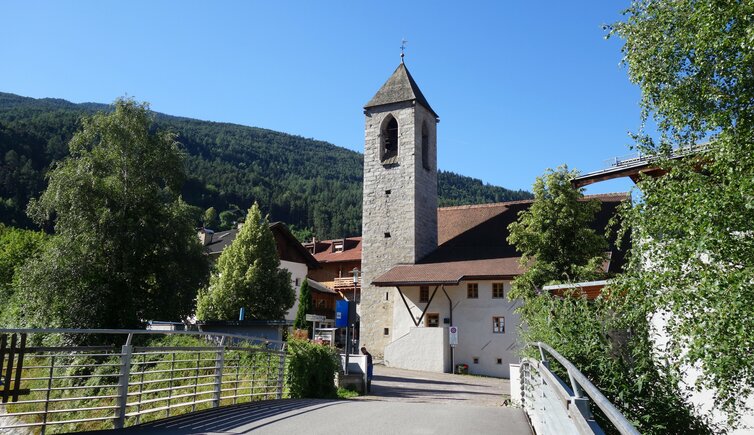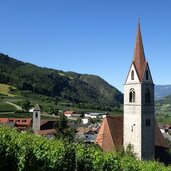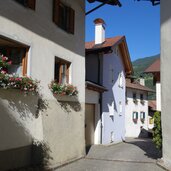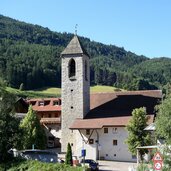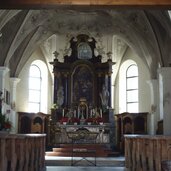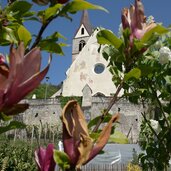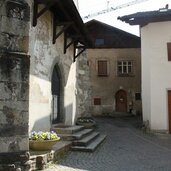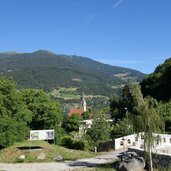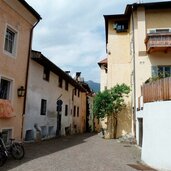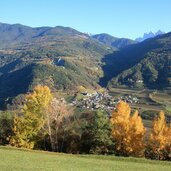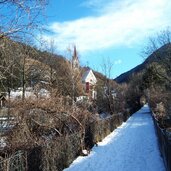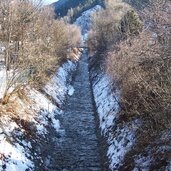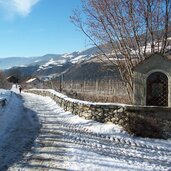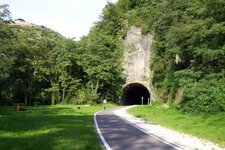Albes, the southern gateway to Bressanone, with its charming village centre and the ancient Church of St. Margaret
Image gallery: Albes
South of Bressanone, at roughly the same altitude, lies the village of Albes (Albeins). Settled as far back as the Bronze Age, it was first documented in 955 AD as "Allpines". The Musberg mountain shelters Albes from northerly winds, creating a mild climate: Spring arrives earlier here, and autumn lingers longer than in the rest of the Valle Isarco valley, allowing grapevines to flourish.
Copper was once mined here. Uniquely, during the Second World War, Albes was more vulnerable to bombing raids than other villages due to the proximity of the railway bridge. The charming village centre is now partly listed as a historic ensemble. The parish church, dedicated to Saints Hermagoras and Fortunatus, dates back to the 14th century, but is probably much older.
The oldest church, however, is St. Margaret's Church, situated on the opposite side of the road, built before the year 1000. Around the village road and the Rio Eores, or Aferer Bach, are clustered the school and kindergarten, the tourist information office, shops, and farms. In winter, the Plose, Bressanone's local mountain, attracts tobogganists, winter hikers, skiers, and snowboarders.
In summer, the surrounding area invites you to explore on foot or by bike: Walks lead through the valley basin to Cleran or to Stufles, the oldest part of Bressanone. The Albes Theme Trail provides information on display boards about local legends and the flora and fauna of the area. By bike, you can reach Chiusa and Bolzano via the Valle Isarco Cycle Path.
